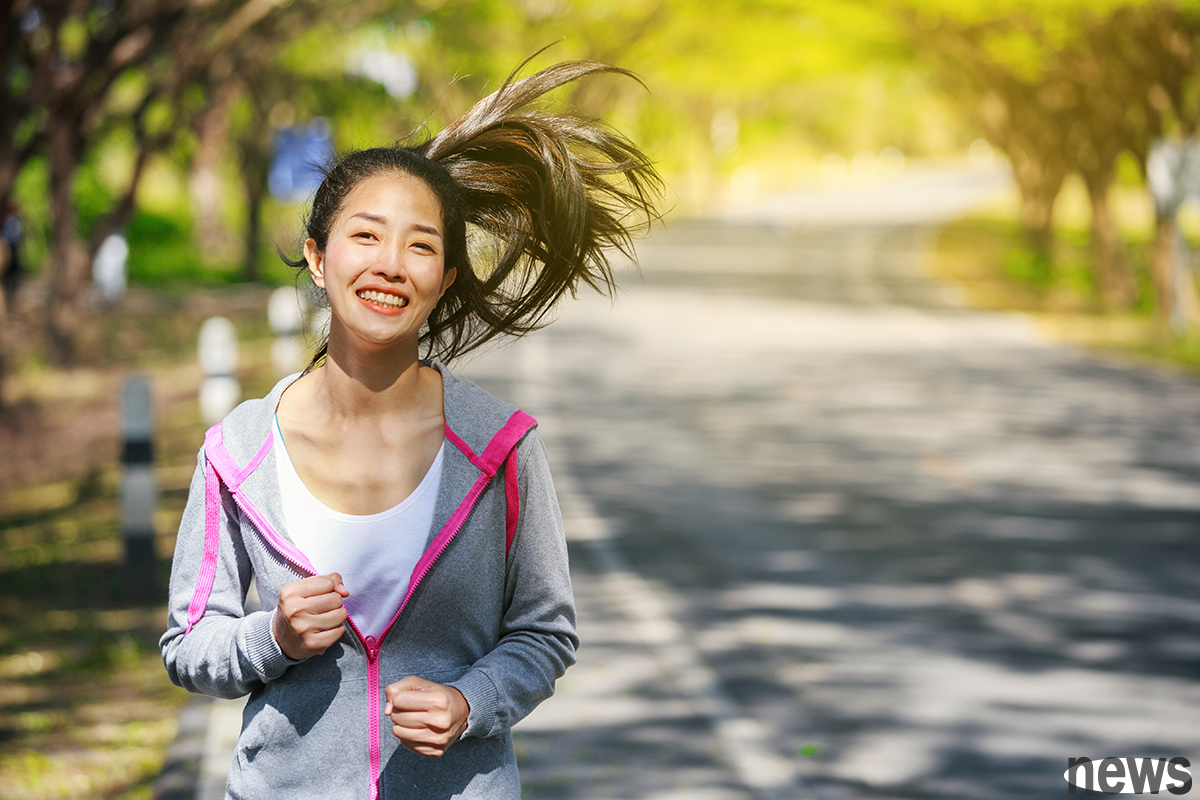
【Text, Picture/Excerpt from the "Illustrated Version" of the Traveler Culture. The method of lower body muscle strength exercise, author Nakano James Xiuyi]
The most active period of musclesAmong the many questions asked by students, the most common one is "When is exercise most effective?"
{9 99}From the perspective of sports physiology, the best time for sports effects is from 4:00 to 6:00 pm. This is the time when the sympathetic nerve and the parasympathetic nerve switch. After getting up in the morning, the sympathetic nerves are active during the day; after the evening, the parasympathetic nerves will gradually be taken over by the sympathetic nerves.
Generally believed that the sympathetic nerve still maintains the temperature at high temperature during this period, but does not become overly tight, which should be the best time to move muscles.
However, for the sake of health, most people run for 30 minutes or 1 hour a day, or just do some muscle training, so they don’t need to insist on exercising at this time. Especially for office workers to exercise between 4:00 and 6:00 in the evening, it is simply impossible. If the movement cannot be continued, it will not be effective. If you hope that your exercise can continue, you must choose the time when you feel that your exercise is the most unrestrained and happy.
When you are in the best mood and can be the most persistent, it actually depends on the person. The most important thing is that when you are most in a mood and can persevere, it is the most effective time for you. If you don't know what time you like to exercise, you might as well try it at all times. People who think they can't run in the morning will just look for someone who runs one morning, saying that they may feel relaxed!
>>Recommended reading: Is the only way to reverse aging and fight aging? Experts say that
muscle strength training can also improve the body's coldmuscles have the function of maintaining and improving body temperature. Because of the operation of self-disciplined neurology, our body temperature is often maintained at around 37°C. When the external temperature is lower than 37℃, we can still maintain normal temperature because the human body can generate heat on its own, so that the temperature can be controlled to a stable level. The human body that pays the most to "generate heat" is muscles.
The production of body heat energy comes from muscles, 20% from liver and kidneys, and 20% from brown fat tissues (a kind of burning hot cells). We cannot use the liver and kidneys, but the muscle mass can be increased by effort.
It can be imagined that reducing muscle mass will cause the body's heat function to decline, resulting in difficulty in maintaining the body's temperature.
People with cold body or average daily temperatures less than 36℃ are mostly insufficient muscle mass. To increase body temperature and improve the problem of cold body, the most important thing to do is to "increase muscle mass." People with cold body and low body temperature not only have too few muscles in the hot factory, but also those muscles that only have fruitlessness cannot be redirected. If the muscles are left without using them, they will not heat themselves. They must be moved to produce heat.
Therefore, to increase the body temperature, the following two conditions must be achieved at the same time: ① Increase the muscles in the heated factory; ② Make the muscles move to generate heat. Only when these two conditions are integrated can the goal of increasing body temperature be achieved.
The muscles are filled with blood vessels, and rising temperatures are related to blood concentration. So, if you have a lot of muscle mass, your blood will be concentrated in large quantities, increasing the reduced temperature.
Many women mistakenly think that muscle training will become fat or become "Golden Barbie". In fact, exercising and exercising muscles can prevent and reduce the problem of cold body, and this is the common problem of female friends!